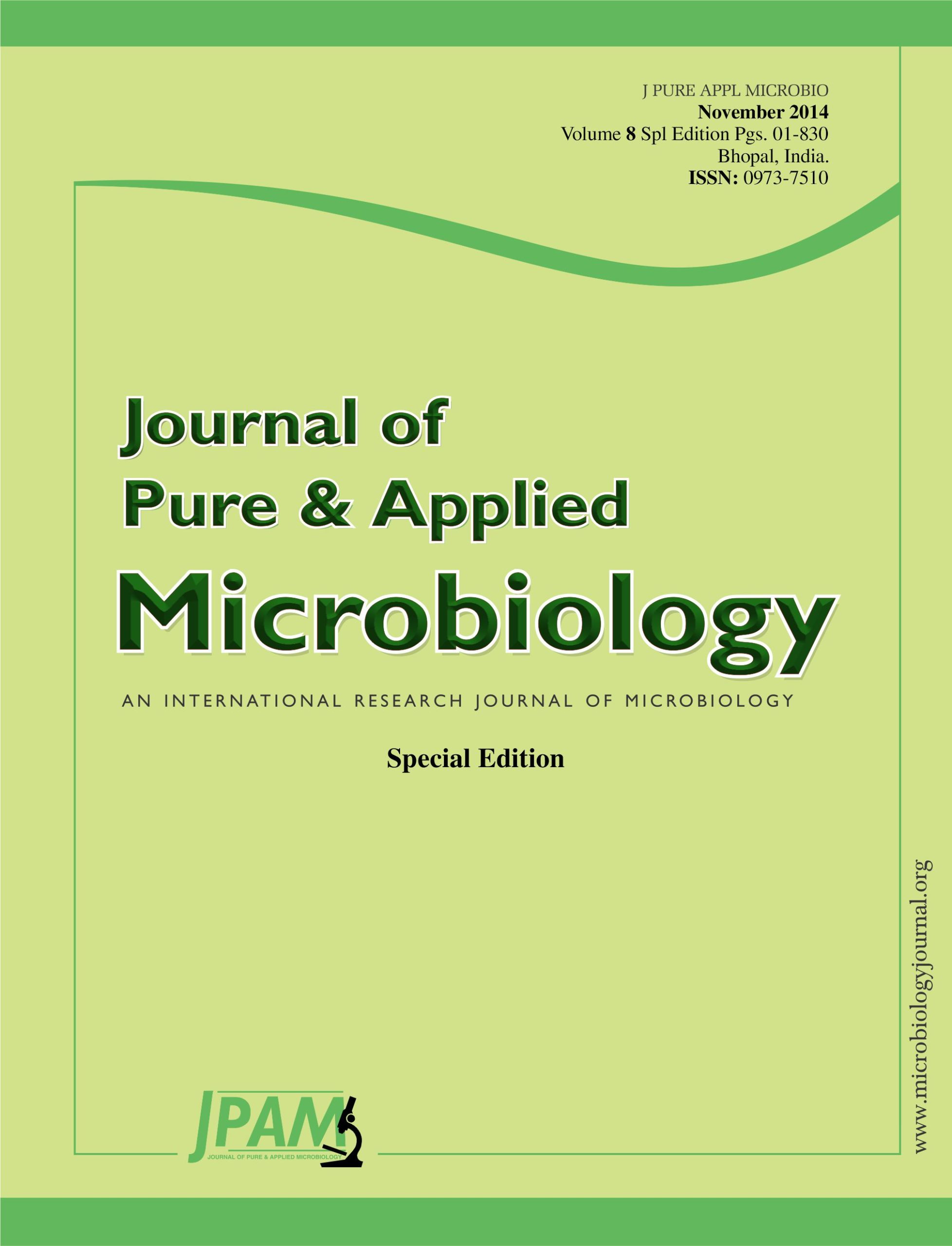Currently, antimicrobial resistance is becoming one of the major threats affecting the socio-economic status of one’s country. The evolution of such drug-resistant bacterial species stems from multitude of factors and the push for combating life threatening diseases by way of novel antimicrobials with biomedical significance would be the major breakthrough in materials research. Nanobiotechnological formulation has developed different methods for synthesizing various metal nanoparticles of biomedical significance and ecological considerations. In this study, silver nanoparticles were synthesized extracellularly using Bacillus subtilis A1 and exposed to bacterial strains resistant to antibiotics such as Amoxicillin, Tetracycline and Vancomycin. The toxic nature of silver nanoparticles inhibited bacterial growth in a dose dependent manner (10µg, 15µg and 20µg/mL). AgNPs at concentration 5 µg/mL when combined with standard antibiotics (MIC dose) enhanced the susceptibility pattern as observed from the zone of inhibition toward drug resistant Staphylococcus aureus and Proteus mirabilis. To understand the principle, Amoxicillin was used along with AgNPs to extend its biological half life. The spectral analysis of amoxicillin-AgNPs blend revealed the possible interaction accounting for enhanced biocidal activity. This combinatorial antimicrobial efficacy induced by AgNPs in Amoxicillin-AgNPs blend might help formulate biomaterials possessing broad spectrum pharmacognostics to overcome drug resistance.
Silver nanoparticles, Drug resistance, Amoxicillin, Vancomycin, Tetracycline
© The Author(s) 2014. Open Access. This article is distributed under the terms of the Creative Commons Attribution 4.0 International License which permits unrestricted use, sharing, distribution, and reproduction in any medium, provided you give appropriate credit to the original author(s) and the source, provide a link to the Creative Commons license, and indicate if changes were made.


